Heinkel He100 V8 Luftwaffe
Production Time 9 to 10 weeks
Shipment is by FedEx, UPS or DHL International Express Courier with a normal door-to-door delivery time worldwide of within 2-3 business days after dispatch. Due to the current volatility of world fuel prices, the amount mentioned here is our best estimate for DHL and UPS and may be subject to change at the time of shipping.

Model Description: Heinkel He100 V8 Luftwaffe Wood Replica Scale Custom Model Aircraft
Manufacturer: Heinkel
Wingspan: 11.9 Inches (30.2 Centimeters)
Height: 4.6 Inches (11.7 Centimeters)
Scale: 1:31
$169.50
Production Time 9 to 10 weeks
-
United States dollar ($)
-
Pound sterling (£)
-
Euro (€)
-
Australian dollar ($)
-
Canadian dollar ($)
-
Singapore dollar ($)
-
Swiss franc (CHF)
-
Japanese yen (¥)
-
Danish krone (kr.)
-
Hong Kong dollar ($)
-
Norwegian krone (kr)
-
Swedish krona (kr)
-
United Arab Emirates dirham (د.إ)
General Product Description
Our PlaneArts Heinkel He100 V8 Luftwaffe model exhibits unique, unrivaled quality and detailed design to come as close as possible to the accuracy of the actual plane. It comes as standard with a robust, durable base or stand which is available in a variety of different finishes designed to match your own personal requirements including solid wood, wood with polished metal supports or adjustable wood wall mount and will be ready within about 9-10 weeks from placement of order.
The Heinkel He100 V8 Luftwaffe model is made of the finest kiln dried renewable mahogany wood (commonly known as Lauan or Meranti) which has undergone many stages of carving and meticulous and careful sanding giving the beautiful, finished museum quality masterpiece. Many collectors and model connoisseurs demonstrate their preference for genuine handmade and hand painted mahogany wood models rather than plastic or die cast (diecast) alternatives due to the overall look and totally different feel of the item - we trust you will find the same. We can however, if required produce the same model in Solid Cast Resin so just click and contact us for further information. Our craftsmen and gifted artisans ensure that our finely handcrafted model airplanes match the precise blueprint details of the original aircraft. The paint scheme, markings and parts are closely matched, reflecting the original aircraft. This stylish top-quality desktop replica model will surely enthrall anyone who receives this as a gift and for sure one of the most appropriate and desirably collectable gifts for any military aviation enthusiast and avid aircraft collector whilst also displaying a perfect resemblance to the actual real life version.
There are many types of military propeller aircraft, but the basic types are bombers, fighters, fighter bombers, spotter planes, transporters, patrol aircraft, trainers, and reconnaissance and observation aircraft. All these types of aircraft are used for different types of missions. If you're a fan of historic or present-day military aviation, our model aircraft will bring the excitement and character of these aircraft right into your own home. You can order a wood airplane model of a North American B-25 Mitchell Bomber, a B17 - Flying Fortress, or a P-51 Mustang Nervous Energy V not forgetting the Bf 109, Spitfire, FW 190, A6M Zero, P-38 and F4U. These classic, propeller airplane models are of the highest quality. Each is individually crafted by our expert craftsmen. They produce handmade scale mahogany airplane models of the finest aircraft from World War I and II to present day biplanes and triplanes.
If you require, we can also make the Heinkel He100 V8 Luftwaffe model in any other military, government or even private livery or colour scheme you require and if necessary, in a different size or scale. Just click here to contact us with a description or photographs of what you require, and we will let you have a quotation for the necessary customization by return email. We can also make bespoke scale replicas of any other private / civil commercial airliner or airliners, helicopter, glider, gliders with engines, military jet, warplane jets, biplane, triplane, tail fin, spacecraft, rocket or NASA model you require in any airline, military or civilian livery or colors. We also produce model airships, blimps, dirigibles, blimps, boats, and ship collectibles. Wall plaque or seal for military, government or private customers. Again, by clicking here to contact us just let us know exactly what you need.
Heinkel He 100 V8: A Forgotten Marvel of Luftwaffe Engineering
The Heinkel He 100 was a German pre-World War II fighter aircraft that, despite its impressive performance, never saw combat. Among its versions, the He 100 V8 prototype stands out due to its advanced design and technological achievements. This article explores the key technical specifications and historical context of the Heinkel He 100 V8, revealing why it was a significant, though largely overlooked, aircraft in aviation history.
Design and Development
The Heinkel He 100 was developed as a private venture by the Heinkel aircraft manufacturing company in the late 1930s. It was designed to compete with the Messerschmitt Bf 109, which was selected as the primary Luftwaffe fighter. Despite losing this competition, Heinkel continued to improve the design, resulting in several prototypes, including the V8.
Technical Specifications
- Performance:
The He 100 V8 was known for its astonishing speed. During tests, it was one of the fastest aircraft of its time, setting a world airspeed record of 746.606 km/h (463.919 mph) in March 1939. This record was a testament to its advanced aerodynamics and powerful propulsion system.
- Engine and Propulsion:
The He 100 V8 was powered by a Daimler-Benz DB 601 engine, a liquid-cooled V12 that was a staple in many Luftwaffe aircraft. This engine provided a fine balance of power, reliability, and efficiency, crucial for achieving high speeds. The aircraft also featured an innovative cooling system that reduced drag, involving surface radiators integrated into the wings.
- Armament:
Armament on the He 100 V8 was lighter compared to other fighters of the era, as speed and agility were prioritized. It was equipped with three MG 17 machine guns, two mounted above the engine and one firing through the propeller hub. This configuration was sufficient for proving the aircraft’s capabilities, though additional armament might have been added had it been deployed in combat.
- Airframe and Design Innovations:
The He 100 V8 featured a sleek, streamlined airframe with an all-metal construction. It employed a retractable undercarriage and a fully enclosed cockpit, which were advanced features at the time. The aircraft’s design also emphasized ease of maintenance and pilot safety, which were innovative aspects for its time.
Historical Context and Legacy
Despite its potential, the He 100 V8 did not enter mass production due to several factors. Primarily, the Luftwaffe had already committed to the Bf 109 and did not wish to disrupt logistical and training systems with a new aircraft type. Additionally, Heinkel was instructed to focus on bomber production, which was deemed more critical at the time.
| Weight | 6 kg |
|---|---|
| Dimensions | 11.5 × 11.9 × 4.6 in |
Be the first to review “Heinkel He100 V8 Luftwaffe” Cancel reply
Similar Models
Military Airplanes - Jet
Military Airplanes - Propeller
Military Airplanes - Propeller
Military Airplanes - Propeller
Military Airplanes - Jet
Military Airplanes - Propeller
Military Airplanes - Propeller
Military Airplanes - Propeller
Military Airplanes - Propeller
Military Airplanes - Propeller
Military Airplanes - Propeller
Military Airplanes - Propeller
Military Airplanes - Propeller
Military Airplanes - Propeller
Military Airplanes - Propeller
Military Airplanes - Jet
Airbus A310 MRTT Luftwaffe German Air Force Refuelling Eurofighter Models

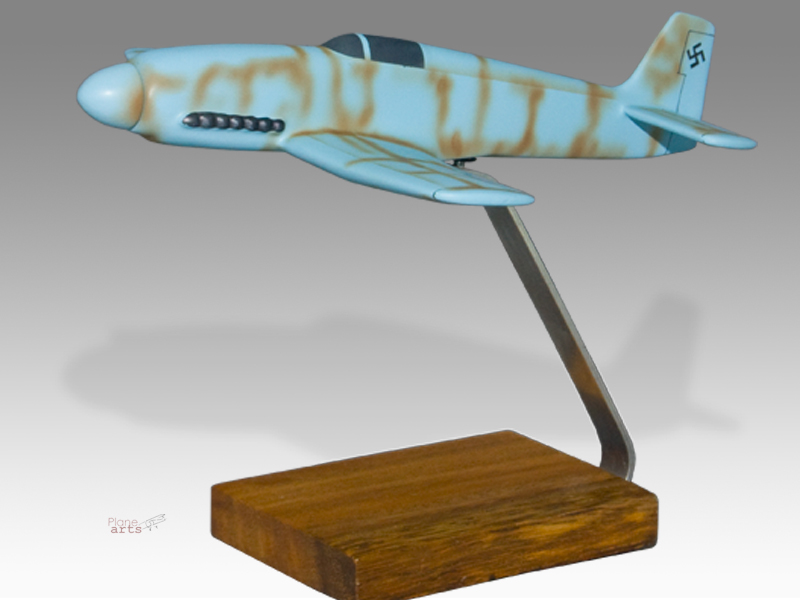
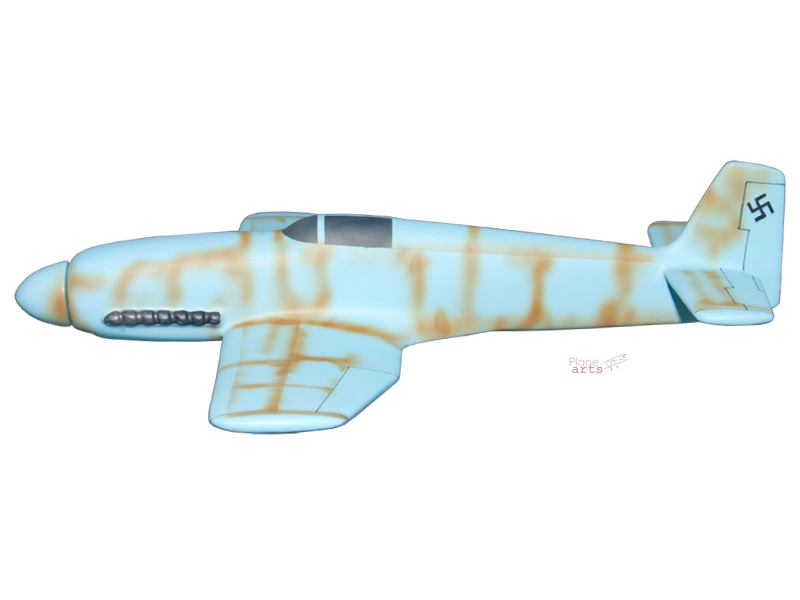
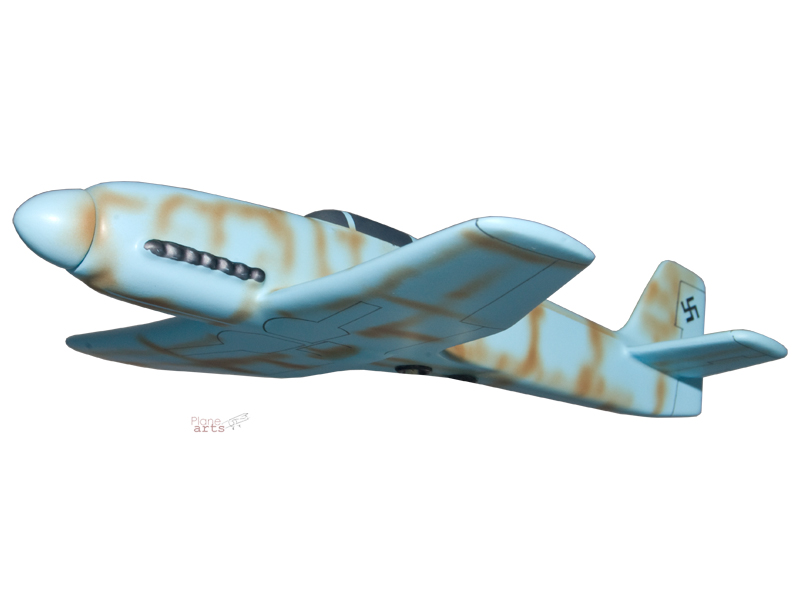

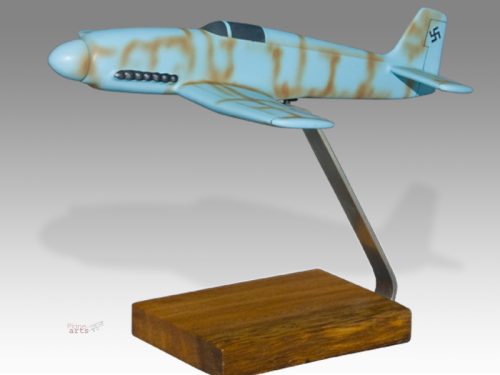
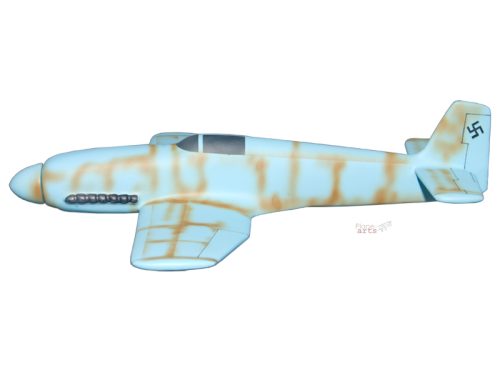
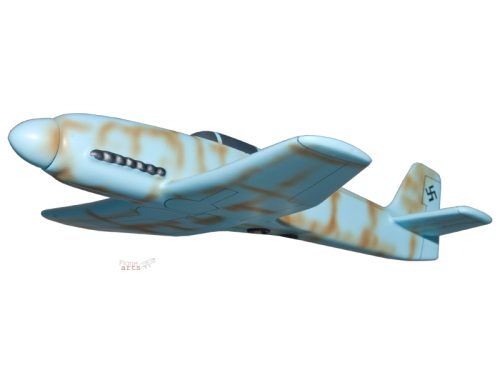


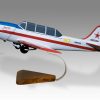


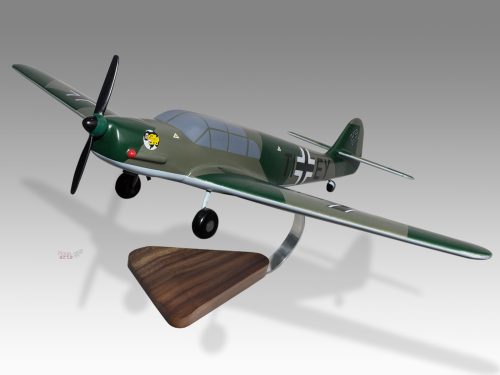
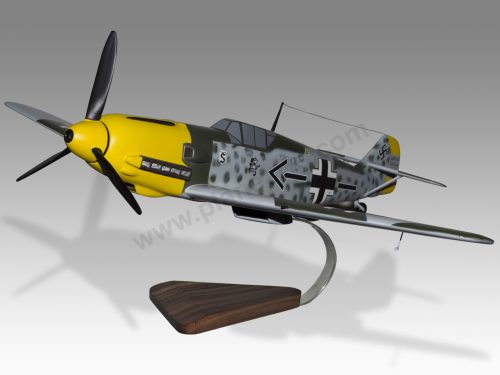
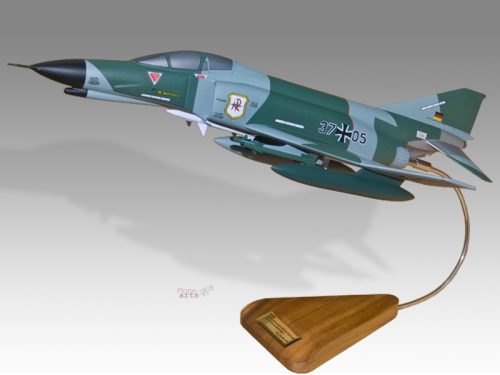
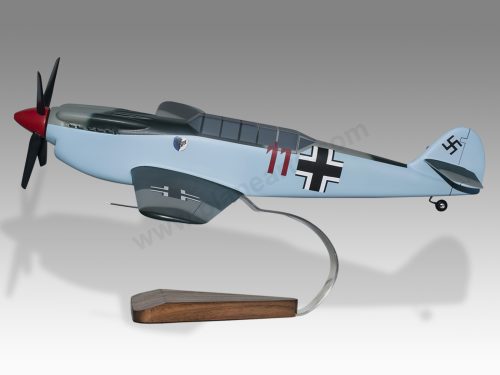
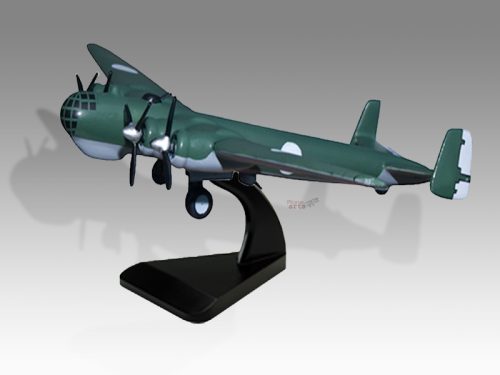



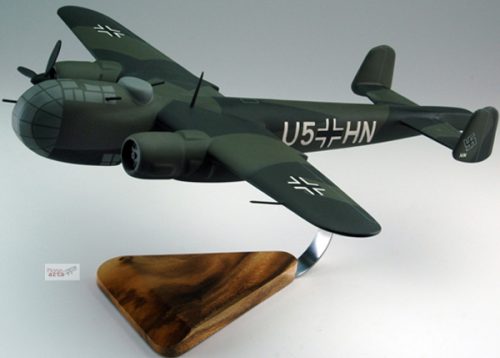

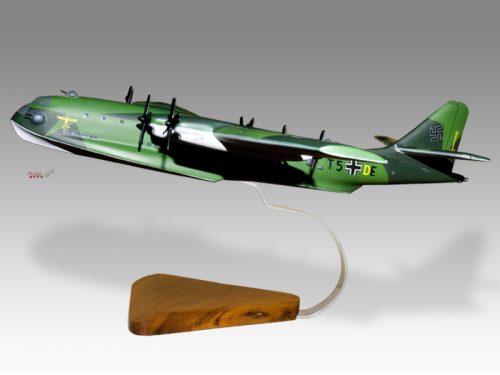

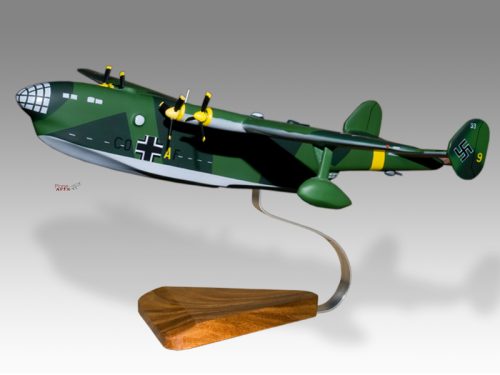



Reviews
There are no reviews yet.